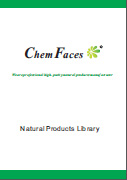The zoospores of the phytopathogenic Aphanomyces cochlioides are chemotactically attracted by a host-specific flavone, Cochliophilin A (5-hydroxy-6,7-methylenedioxyflavone), and repelled from the mammalian estrogens or estrogenic compounds. This study further examined the responses of A. cochlioides zoospores to some flavonoids structurally related to Cochliophilin A or compounds known as phytoestrogens.
METHODS AND RESULTS:
The bioassay revealed that some synthetic flavones (such as 6-methyl-4'-methoxyflavone, 3-hydroxy-4'-methoxyflavone, 7-hydroxy-5-methylflavone, 3-hydroxy-4'-methoxy-6-methylflavone) elicited attractant activity at concentrations as low as picomolar (10 pM), which was an 100-fold lower concentration than that of the threshold concentration of the host-specific attractant Cochliophilin A. Apparently, a hydrophobic B-ring with an alkylated (methylated) A-ring or a methoxylated B-ring with an unsubstituted A-ring in the flavone skeleton played a significant role in higher attractant activity. On the other hand, all known estrogenic flavonoids (such as equol, 3'- or 8-prenylated naringenins) displayed potent repellent activity toward zoospores.
CONCLUSIONS:
Surprisingly, zoospores were attracted by non-estrogenic 6-prenylated naringenin indicating that repellent activity is linked to the estrogenic activity of the phytoestrogens. |
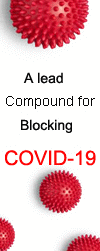
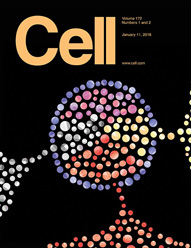 Cell. 2018 Jan 11;172(1-2):249-261.e12. doi: 10.1016/j.cell.2017.12.019.IF=36.216(2019)
Cell. 2018 Jan 11;172(1-2):249-261.e12. doi: 10.1016/j.cell.2017.12.019.IF=36.216(2019)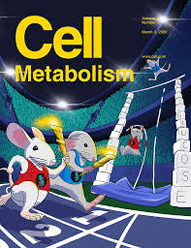 Cell Metab. 2020 Mar 3;31(3):534-548.e5. doi: 10.1016/j.cmet.2020.01.002.IF=22.415(2019)
Cell Metab. 2020 Mar 3;31(3):534-548.e5. doi: 10.1016/j.cmet.2020.01.002.IF=22.415(2019)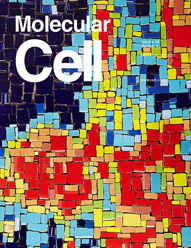 Mol Cell. 2017 Nov 16;68(4):673-685.e6. doi: 10.1016/j.molcel.2017.10.022.IF=14.548(2019)
Mol Cell. 2017 Nov 16;68(4):673-685.e6. doi: 10.1016/j.molcel.2017.10.022.IF=14.548(2019)